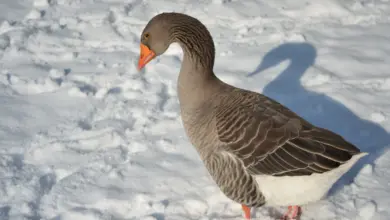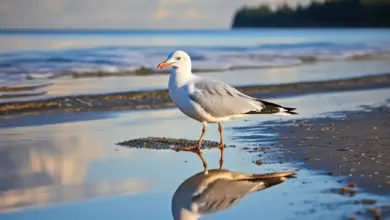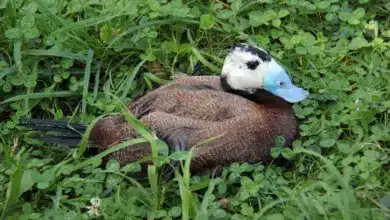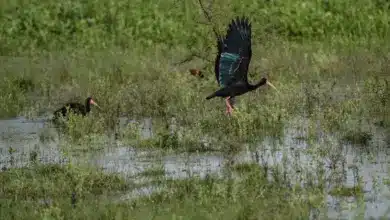Brazilian Ducks or Brazilian Teals
Brazilian Ducks or Brazilian Teals
The Brazilian Ducks or Brazilian Teal (Amazonetta brasiliensis) is a South American dabbling duck.

Range / Distribution:
They can be found throughout eastern South America, from Uruguay, to northern and eastern Argentina, Paraguay,central Venezuela, Brazil, northeastern Peru, Suriname, Guyana, French Guiana, eastern Bolivia, and eastern Colombia. Their preferred habitat is a body of freshwater away from the coast with dense vegetation nearby. There are two sub-species
- A. brasiliensis brasiliensis, the nominate race, located in Brazil, Suriname, Guyana, French Guiana, central Venezuela, eastern Colombia, northeastern Peru.
- A. brasiliensis ipecutiri located in Brazil, Northern Argentina, eastern Bolivia, Uruguay, and Paraguay.
Brazilian ducks live in pairs or in small groups of up to twenty birds. Both parents look after their hatchlings.
Description:
The plumage of these ducks is mostly light brown.
Drakes (males) distinguish themselves from females in having red beaks and legs, and in having a distinctive pale grey area on the side of its head and neck.
The female has duller limbs.
Diet:
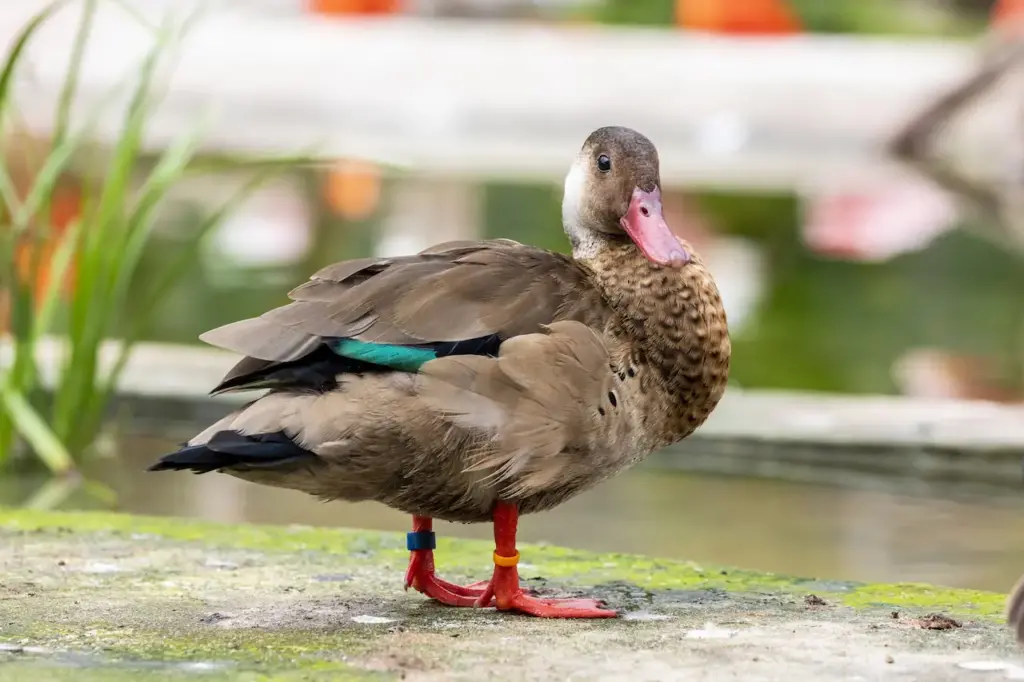
Their diet mostly consists of seeds, fruits, roots and insects.
Ducklings eat only insects.
Relevant Resources
- Duck Information
- Index of Duck Species
- Photos of the Different Duck Species for Identification
Feeding Ducks:
We all enjoy these beautiful birds and many of us offer them food to encourage them to come over and stay around – and it works! Who doesn’t like an easy meal!
However, the foods that we traditionally feed them at local ponds are utterly unsuitable for them and are likely to cause health problems down the road. Also, there may be local laws against feeding this species of bird – so it’s best to check on that rather than facing consequences at a later stage.
- Foods that can be fed to Ducks, Geese and Swans to survive cold winters and remain healthy when food is scarce in their environment.
Please note that feeding ducks and geese makes them dependent on humans for food, which can result in starvation and possibly death when those feedings stop. If you decide to feed them, please limit the quantity to make sure that they maintain their natural ability to forage for food themselves – providing, of course, that natural food sources are available.
Species Research by Sibylle Johnson
Please Note: The articles or images on this page are the sole property of the authors or photographers. Please contact them directly with respect to any copyright or licensing questions. Thank you.

